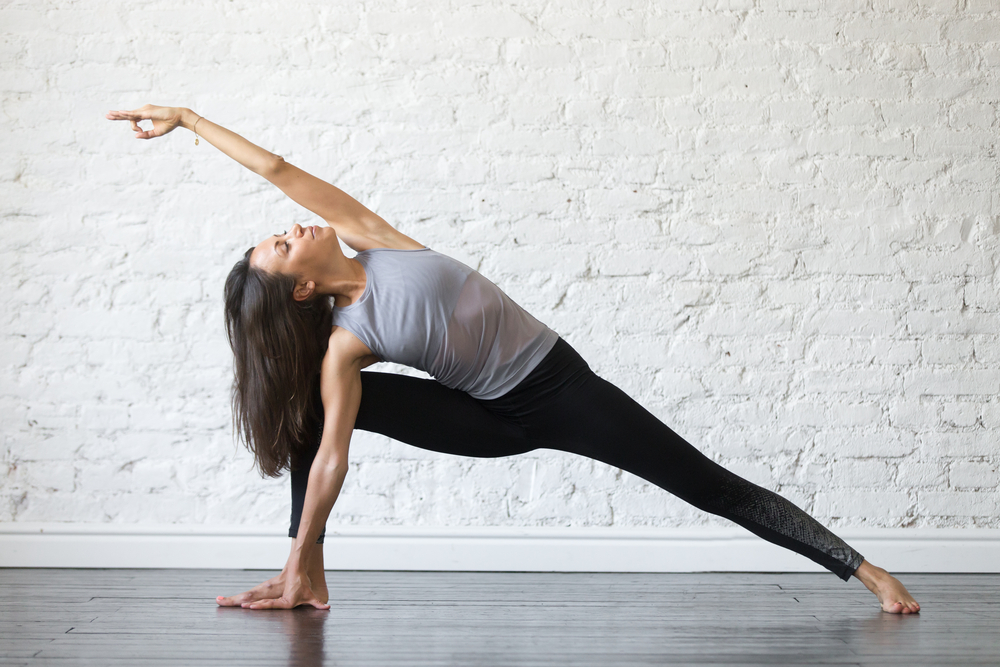Our backs have undoubtedly felt the strain of lockdown. From binge-watching movies in bed to sitting at our kitchen tables hunched over our laptops, to an influx in people getting fit. Our bodies, and more specifically our backs, have felt the impact. Here’s how to tackle those niggles early on that can get worse and lead to debilitating back pain.
Non-specific lower back pain i.e. a pain that is not due to serious disease and where the exact cause of the pain is unclear is a complaint that we have observed in our practices a great deal recently. As you might imagine, the causes of this pain are very varied. However, almost all lower back issues tend to result from an increased volume, intensity and frequency of some form of activity, which, if managed appropriately early on, could have been prevented.
With a number of regional lockdowns potentially coming down the line, what can we do to ensure we take care for our backs, nip pain in the bud early on, and ensure a small niggle doesn’t become something more. Here are five tips from Ann Kuan, Senior Private Physiotherapist at Vita Health Group:
1. Commit to a warm-up
Always warm-up before doing any form of exercise by doing dynamic stretches. Dynamic stretches are active movements where your joints and muscles go through a full range of motion. They can be functional and mimic the movement of the activity or sport you’re about to perform. For example, a swimmer may circle their arms before getting into the water. Other examples include trunk twists, walking lunges, or squats. Anna Cousins, online PT and virtual trainer explains: ‘I use a lot of dynamic stretching in my workouts, it’s a much safer method, and achieves better results than static stretching. Static stretching involves taking a muscle to full length and holding for 15 to 60 seconds, such as touching your toes, whereas dynamic stretching involves movement — such as hip flexor lunges, plie squats or arm circles — to accomplish flexibility of the muscle groups. The benefits of dynamic stretching include more power, fewer injuries, better coordination or balance and efficient neuromuscular activation.’
2. Progress at a steady pace
If you are trying to increase the amount of exercise you do, be sure to increase the frequency, intensity and volume at a steady pace and one that your body is used to. For instance, if you are used to running one 5k a week, don’t jump to a 30-minute 5k run every day. The key is to gradually increase your volume over time and if you experience any niggles or pain, drop back down or do a lower intensity workout. Pushing your body too hard will only result in problems down the line and will likely set you back long term.
3. Rank your pain level and modify
If you do experience a niggle, ask yourself how bad the pain is. Can you do normal activities? Or is the pain stopping you from doing everyday things like climbing the stairs? If the niggle is resulting in you being unable to conduct everyday tasks, you should seek help immediately. However, if you think the pain is mild, perhaps consider some other options first. For instance, you may wish to moderate your workout from high intensity to low intensity for a while. Likewise, after working out be sure to use ice, heat or relief balms to get those niggles under control. Listen to your body at all times.
4. Don’t sit for hours on end
It doesn’t matter how fit and strong you are, lower back pain can result from even the most sedentary actions. For instance, working from the kitchen table, sofa or bed are far from good for your posture and neither is sitting at a desk for long periods of time. The key here is to take advice on getting a more ergonomic set up and also take multiple breaks. Even just getting up, making a cup of tea or doing a few stretches will really make a difference. Remember without your commute, your regular moves between meetings and indeed that photocopier chat, you are likely to be doing a whole lot less movement at home and sitting for much longer periods.
5. Don’t forget self-care
Many people will be surprised to hear that anxiety and stress can make back pain worse. Ask yourself if you are feeling extra stressed as a result of this ailment? If you are, it may be that you should see a professional sooner to provide that extra reassurance that it is nothing too sinister. Ultimately, reducing your stress and getting that expert support could actually reduce your pain. Even if you don’t feel your pain is having a big impact on your mental health try to commit to practising self-care regularly. Practising mindfulness or meditation, or even just taking some ‘you time’ can really help reduce stress build-up and can often alleviate back issues. Likewise, with better self-care, you will be more in tune with your body.
Yoga to beat back pain
Yoga can also help you to beat back pain. Improve the health of your spine with these strengthening moves from yoga instructor Eve Boggenpoel…

PROTECTIVE POSTURES
Although a strong core an help prevent back pain, it’s not the six-pack muscles (rectus abdominis) you need to develop but your obliques, as they stabilise your sacrum, protecting the lumbar spine from over-arching (a common cause of lower back pain). Pay them some attention with side plank, half moon and standing twists such as revolved chair or revolved extended side angle.
In the Covid era, one of the main reasons for lower back pain is prolonged sitting, which shortens your hip flexors. Regular breaks from your WFH desk, Zoom call or Netflix box set will help, especially if you do some hip-opening poses such as crescent moon or pigeon. When lower back pain is the issue, ease dull aching sensations with forward bends, such as standing forward fold, head to knee pose and seated forward fold. To make them really effective, focus on lengthening your spine away from your pelvis, keeping your front chest open and hinging forwards from your hips, as if taking your chest, rather than your head, to your knees.
STRENGTH & SUPPORT
If it’s your upper back that’s causing you problems, it’s likely to be the result of too much or too little movement. Over-exercise and you risk muscle strain, ligament sprain and inflammation, while poor posture and a sedentary lifestyle weaken muscles such as erector spinae (which maintain the correct curvature of the spine).
To strengthen your upper back, focus on backbends such as cobra, locust (with your hands clasped behind your back), bow and bridge. Increasing mobility is also important, so try cat/cow, thread the needle and eagle arms. Relaxing postures such as supported reclining bound angle, where you rest your body back over a bolster, or supported savasana, are deeply restorative and combat issues associated with hunched shoulders.
Finally, weak glutes are another reason you may be overarching your lower back and making your pain feel worse. To build them up, include warrior III, locust (legs only) and bridge pose in your yoga sessions.







